Year 4, Lesson 1.12: Transition to implementation
Semester Learning Goal
Students will investigate community needs, reflect on personal values, and apply design thinking to develop a values-aligned project idea. Through research, collaboration, and iteration, they will explore what it means to do Good Work as a good person, good worker, and good citizen.
Lesson Goal
Students will reflect on their Semester 1 design process, identify key takeaways and changes needed, and set clear action goals and next steps to begin implementing their Capstone in Community project during Semester 2, while maintaining alignment with their values and learning from the design process.
Assessment
Review Implementation Action Plans for clarity, feasibility, and values alignment.
Observe reflection conversations for self-awareness and readiness…
Casel Alignment
Self-Awareness, Self-Management, Responsible Decision-Making, Goal-Setting and Planning
Portfolio Documentation
Resources
Reflection prompts (optional slideshow or printout)
Prerequisites
Year 4, Lessons 1.1-1.11
Total Time
45 minutes
Instructions
-
In the last class, students spent time reflecting on the development of their capstone projects and considering whether or not the plans they made are still in alignment with their values and goals for this year.
In this class, students will take the next steps towards launching their projects.
1. Opener: Why We Frame the Problem Thoughtfully (5 minutes)
Ask:
What’s the difference between designing a great idea and actually bringing it to life?
Explain that this lesson marks the official transition into Semester 2: Implementation, where students will begin to act on their ideas, test solutions, and make a real difference. Today is a chance to pause, reflect, and reset before taking action.
Note to students:
“Semester 2 is when your idea starts to meet the real world. You’ll bring your plan to life—but just like during design, you’ll keep listening, reflecting, and adjusting along the way.”
2. Semester 1 Look-Back (10 minutes)
Have students pair up or write briefly in response to:
What part of your project design are you most proud of so far?
What feedback, challenge, or change shifted your thinking the most?
What do you wish you had done differently?
What values showed up most clearly in your work?
Ask for a few volunteers to share insights with the full class.
Optional: Add a few “before/after” photos or quotes from Semester 1 to highlight growth.
3. Implementation Action Plan (20 minutes)
Distribute the Implementation Action Plan handout. Students will:
Identify their primary Semester 2 project goal
Break it into 3–4 actionable steps
Identify key partners, supports, or materials they’ll need
Set target dates and checkpoints
Reflect on how they will stay grounded in values
Encourage students to build on their Planning Sheet from Lesson 1.2 and revise their timelines if needed.
Optional: Partner share to review and improve one another’s plan.
4. Final Commitment and Framing (5 minutes)
Ask students to write down one sentence beginning with:
“This semester, I will…”
They may tape these to a “Capstone Wall” or save in their portfolio.
Close with this message:
You’ve designed with care. Now it’s time to implement with purpose. Keep your values close, be ready to adapt, and remember—you are doing Good Work.


